The following is the first in a 6 part series about humanity's own alignment problem, one we need to solve, first.
What Is Alignment?
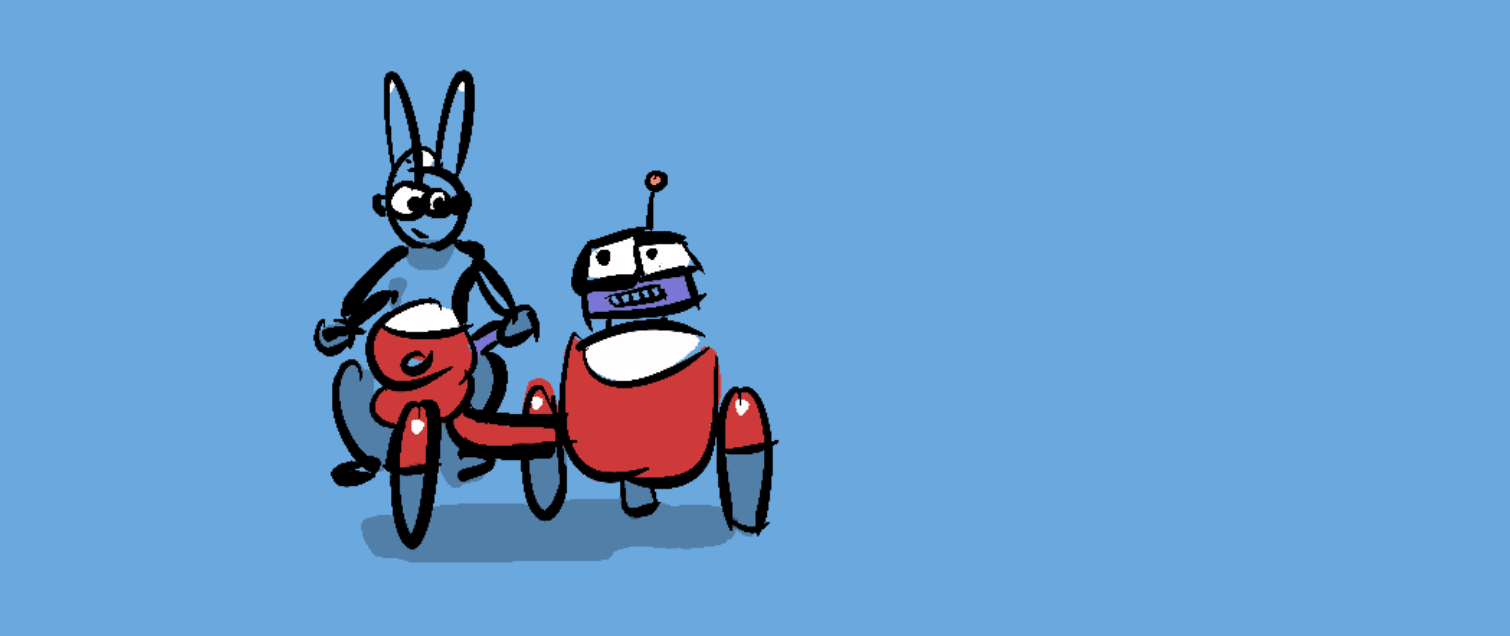
ALIGNMENT OF INTERESTS
When I began exploring non-zero-sum games, I soon discovered that achieving win-win scenarios in the real world is essentially about one thing - the alignment of interests.
If you and I both want the same result, we can work together to achieve that goal more efficiently, and create something that is greater than the sum of its parts. However, if we have different interests or if we are both competing for the same finite resource then we are misaligned, and this can lead to zero-sum outcomes.
AI ALIGNMENT
You may have heard the term "alignment" used in the current discourse around existential risk regarding AI, where a key issue is The Alignment Problem or the problem of Goal Alignment which concerns the potential misalignment of goals between humanity and artificial general intelligence (AGI) - a flexible general purpose intelligence, that may have its own motivations and is able to design its own goals.
The argument considers a world where AGI, having decoupled itself from dependency on humans, overtakes human intelligence and develops goals that are at odds with humanity. The most obvious risk is a competition for resources like land, energy or computational capacity, where AGI might attempt to overthrow humanity taking the zero-sum perspective that it's them or us.
INSTRUMENTAL GOALS
But more interesting is the possibility that without developing its own ultimate goals an AGI may develop instrumental goals that help it achieve a directive given by us. For instance, Nick Bostrom's paperclip robot is given the directive to create paperclips, and goes ahead converting all matter into paperclips, and in the process destroys all life on earth.
I spent some time with the ideas of Nick Bostrom, Max Tegmark, David Chalmers and other experts in the field while editing the documentary We need to talk about AI which explored the existential risk posed by the coming AI revolution. Now, one of the benefits of documentary editing (my day job) is that I get to study people at the top of their field and absorb a mass of information that, while it might not make the final cut, paints a vivid and nuanced picture of an issue. In this case, there was a consensus that a key stumbling block in designing AGI that is aligned with humanity's interests is the fact that we cant agree on what humanity's interests are. One of the experts encapsulated this idea in the statement...
We [humanity] need a plan, and we don't have a plan". - Bryan Johnson
A PLAN?
But how can we come up with a plan if we can't agree on what we want? We can often seem misaligned with each other, sometimes because we have different ideas about what we should be striving for, and at other times because we see our collective goals in zero-sum terms, believing that prosperity for some necessitates poverty for others, and that individual interests must be at odds with collective goals.
HUMANITY'S OWN ALIGNMENT PROBLEM
This is what I see as the alignment problem no one is talking about; the alignment between the individual and the collective. It is the key problem facing humanity—a misalignment that plays out in our adversarial political system with right & left wings vying for dominance rather than confluence. We'll be exploring this particular alignment problem and its consequences in the next part.
Thanks for reading—this was just the first in a 6 part series on humanity's own alignment problem. Each part is linked below.

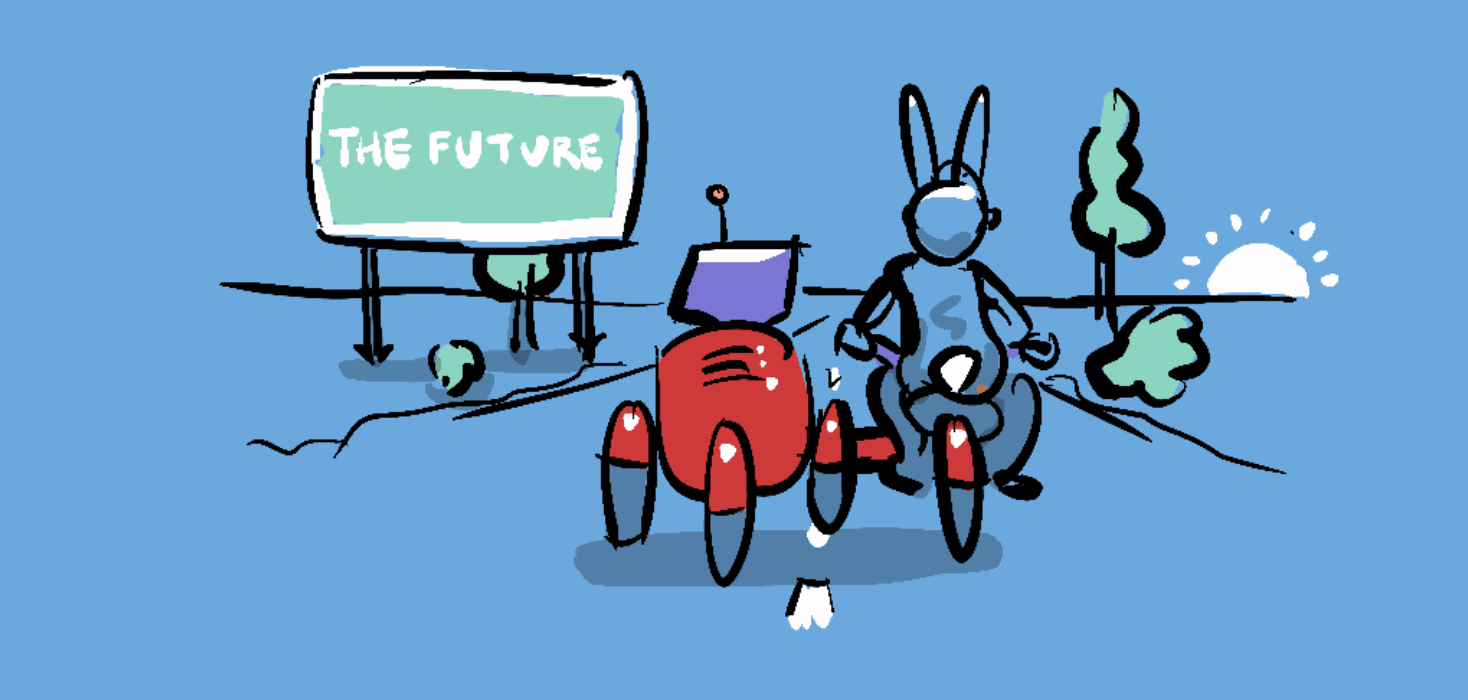

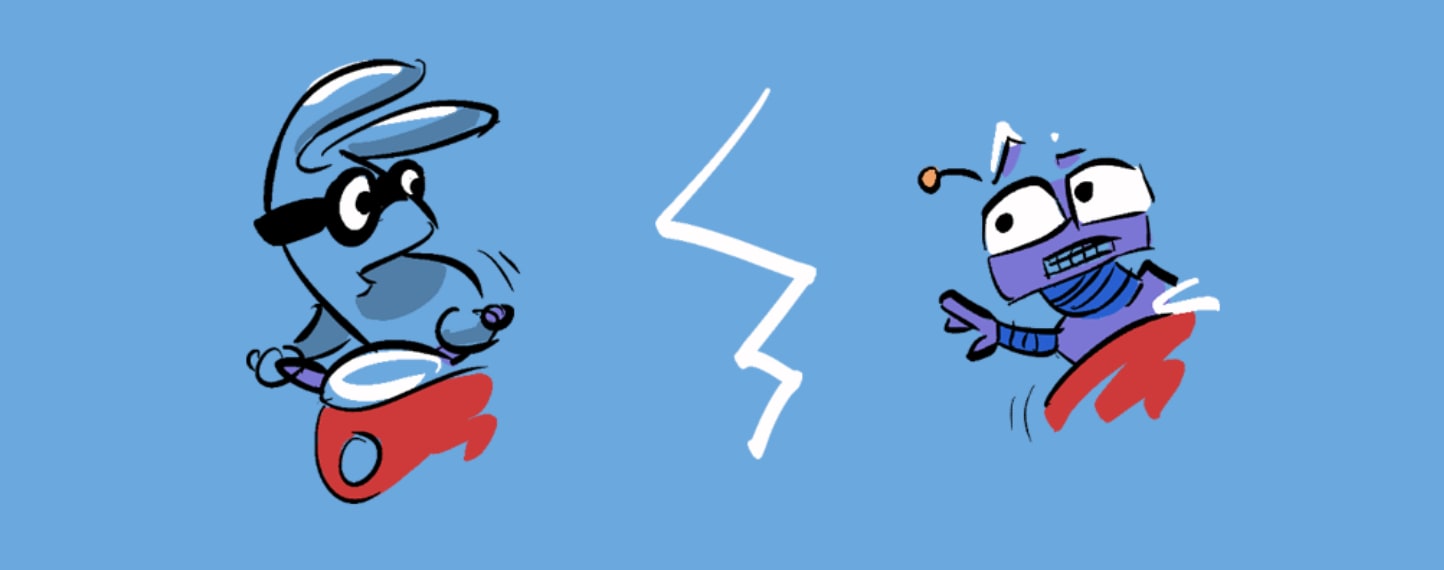
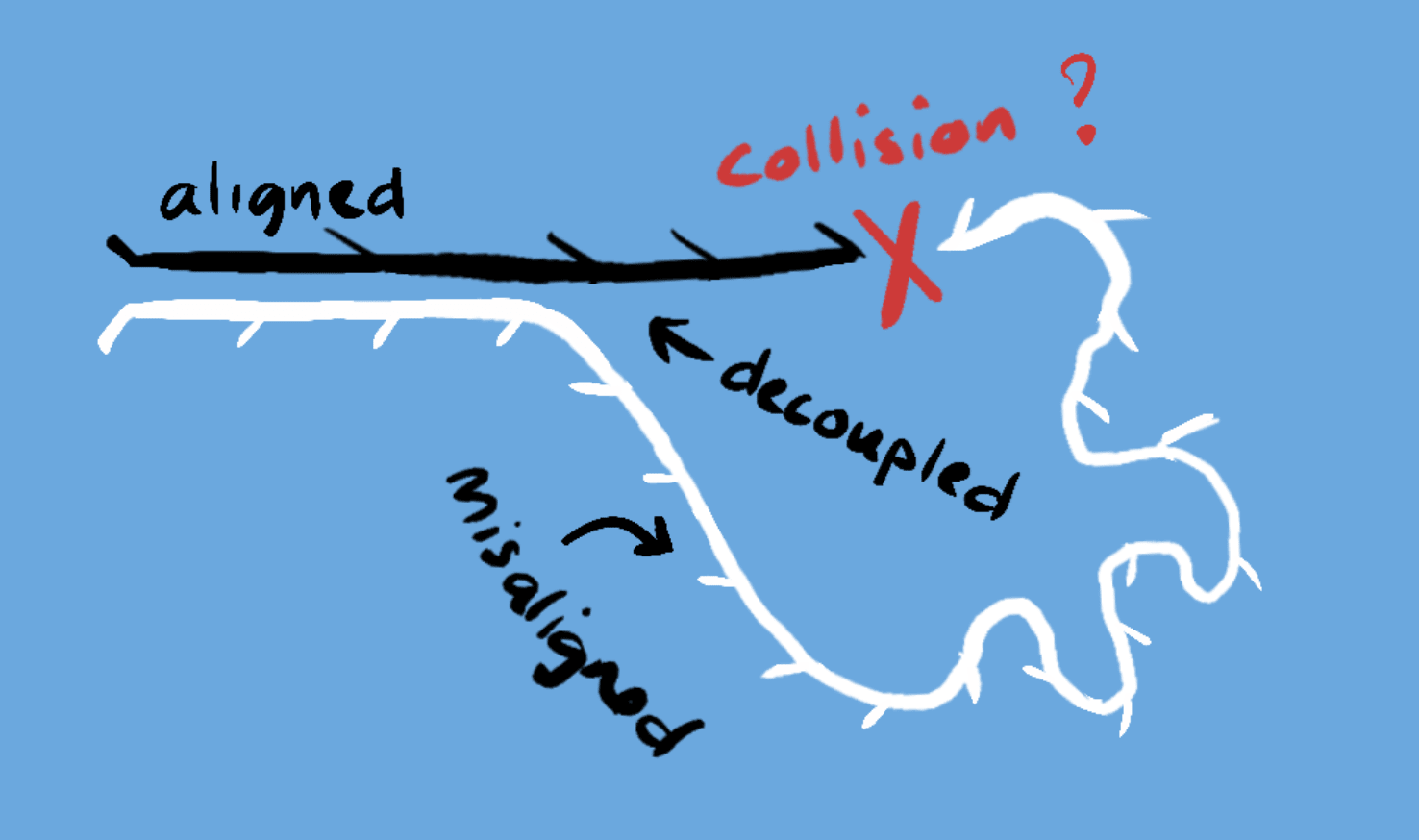
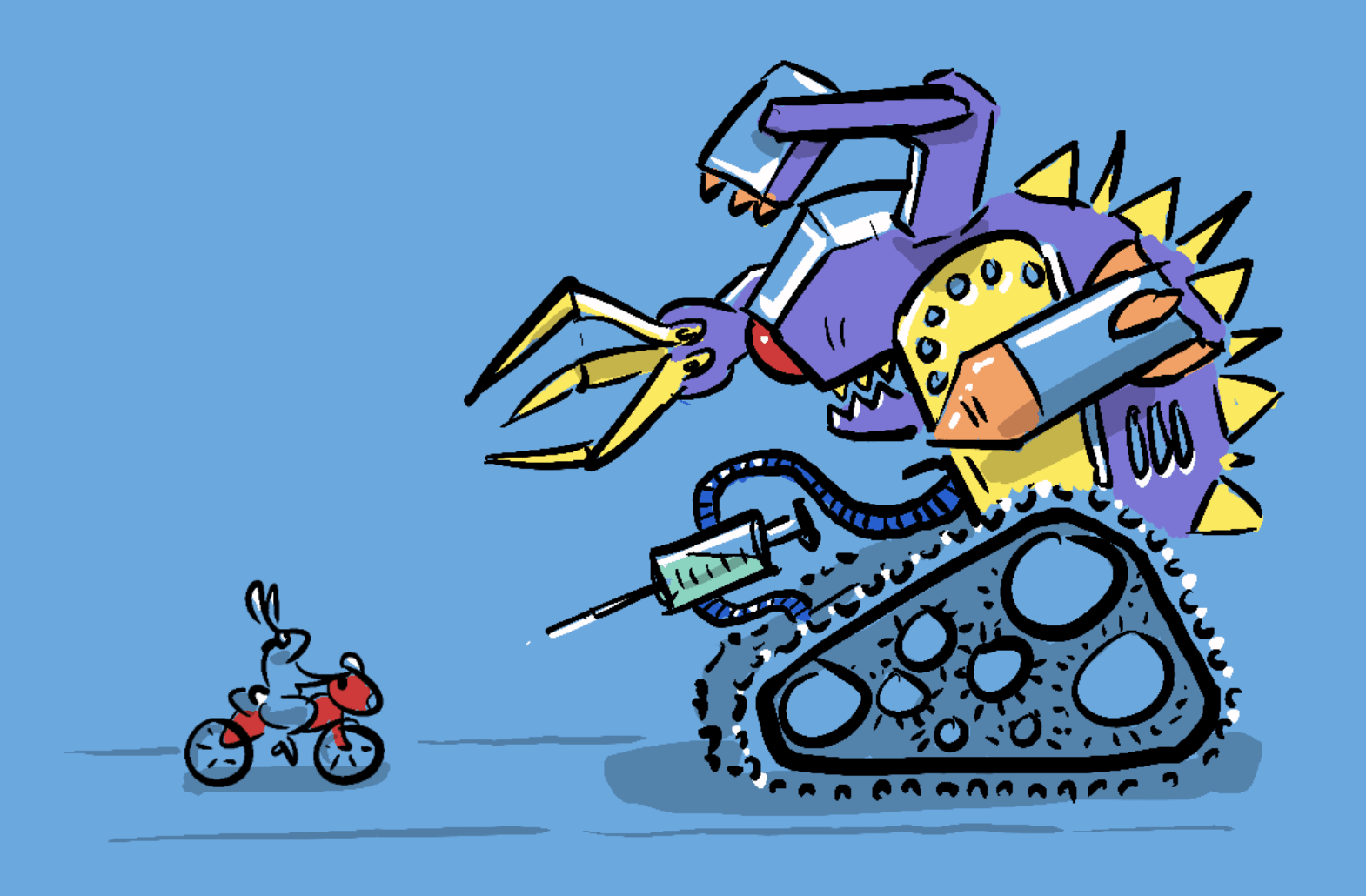
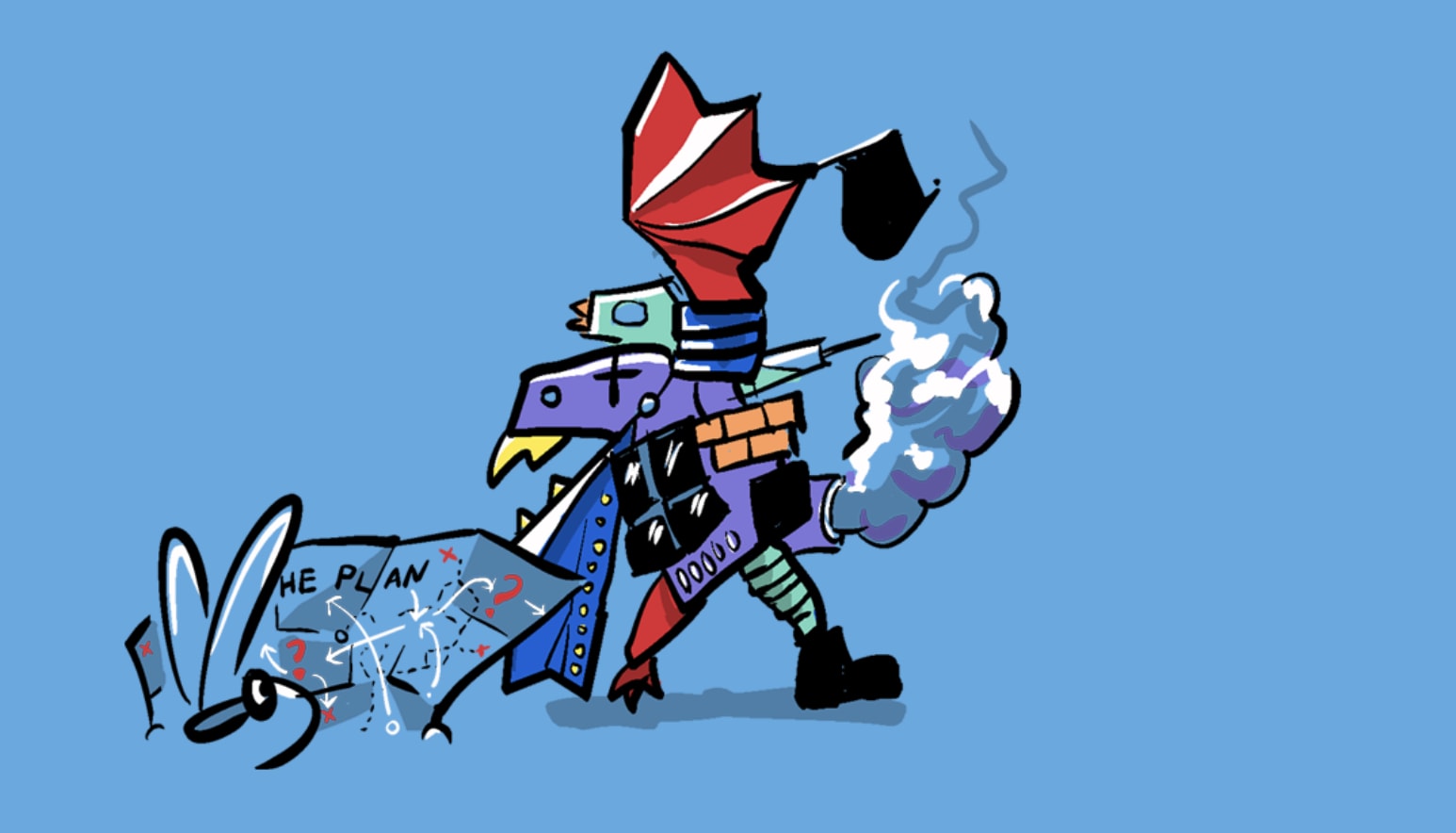


Excellent! I think that's a clear and compelling description of the AI alignment problem, particularly in combination with your cartoon images. I think this is worth sharing as an easy intro to the concept.
I'm curious - how did you produce the wonderful images? I can draw a little, and I'd like to be able to illustrate like you did here, whether that involves AI or some other process.
FWIW, I agree that understanding humanity's alignment challenges is conceptually an extension of the AI alignment problem. But I think it's commonly termed "coordination" in LW discourse, if you want to see what people have written about that problem here. Moloch is the other term of art for thorny coordination/competition problems.
What an insightful post!
I think we're on the same page here, positing that AGI could actually help to improve alignment—if we give it that task. I really like one of your fundamental instructions being to ask about potential issues with alignment.
And on the topic of dishing out tasks, I agree that pushing the industry toward Instruction Following is an ideal path, and I think there will be a great deal of consumer... (read more)